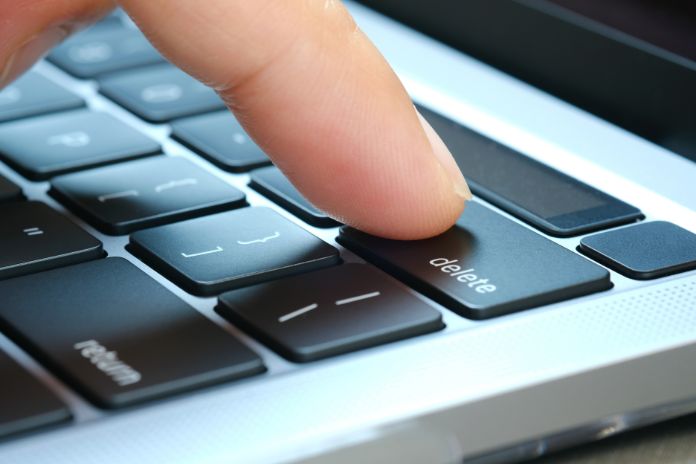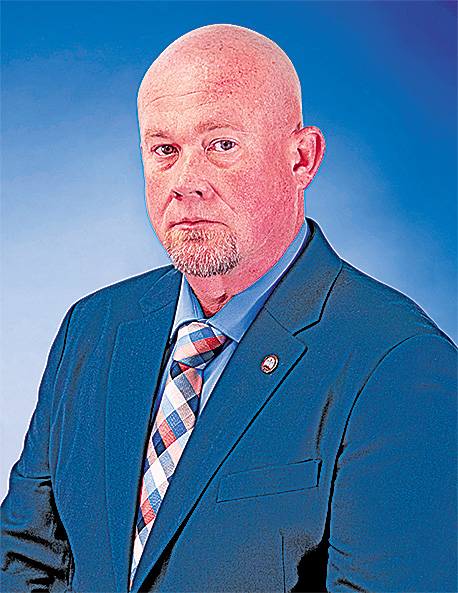Many people aspire to live more efficient lifestyles, and making the transition to sustainability is especially crucial during the winter months. Since people run their heaters in addition to the usual electronic devices, their energy bills tend to rise as quickly as the temperature drops. In order to save money and to ensure that your energy consumption remains manageable, try out a few of these methods for making your home more energy-efficient.
Switch Out Your Light Bulbs
It’s no secret that older light bulbs can use up more power than necessary. Therefore, changing them is often the first step to conserving additional household energy. When you make this switch, substitute your standard bulbs for LEDs to see the biggest impact. LEDs are more expensive, but they last far longer than traditional bulbs while consuming less energy.
Turn Down the Thermostat
It’s also important that you turn down the heat if you want to see a change in your energy usage. Turning up the temperature whenever there’s a cold snap might be tempting, but you’re probably just using additional energy to overheat the rooms. Since you can easily cover up with a blanket when it gets too cold, turning down the heat is a great way to only use the energy you need. Be sure to keep your radiators clean and to switch out your HVAC filters when necessary to promote better air flow throughout the home.
Cover Old and Drafty Windows
You can also cut the amount of energy you use by going on the defensive. As windows get older, they often lose their seals along the siding and the interior drywall of your home. In the winter, this turns them into a vacuum that sucks the heated air out of your home. If you don’t have the immediate means to fix your windows, take a few minutes to cover them with thick curtains or blinds. This will limit the amount of heat you lose and make it easier for you to keep your home warm.
Unplug Unused Appliances
Other common power-drainers include plugged-in appliances. Many people think that cables stop drawing power when an appliance is turned off, but the charger cable still pulls energy from the outlet as long as it’s plugged in. Because of this, it’s recommended that you unplug any equipment you’re not using and track how many appliances you do keep powered.







